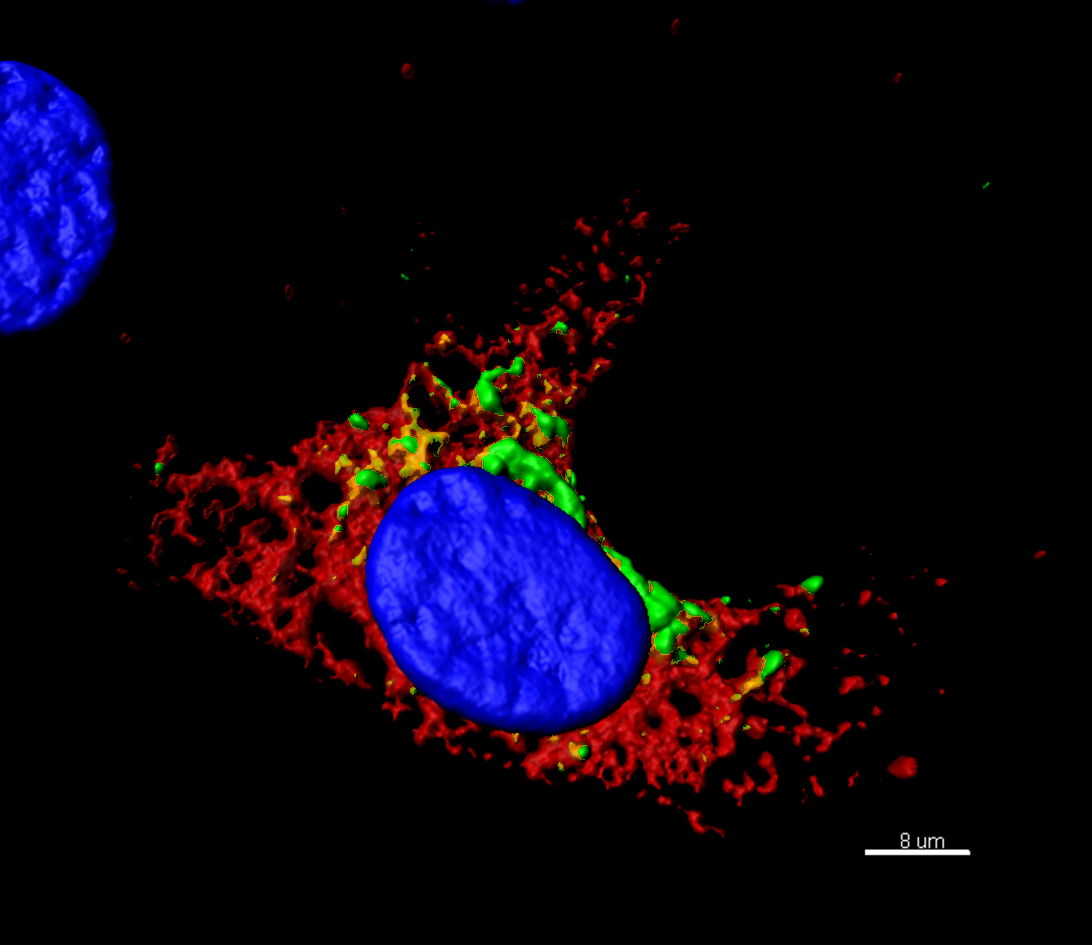The molecular biology of nairoviruses, an emerging group of tick-borne arboviruses
The nairoviruses are a rapidly emerging group of tick-borne bunyaviruses that includes pathogens of humans (Crimean-Congo hemorrhagic fever virus [CCHFV]) and livestock (Nairobi sheep disease virus [NSDV], also known as Ganjam virus), as well as a large number of viruses for which the normal vertebrate host has not been established. Studies on this group of viruses have been fairly limited, not least because CCHFV is a BSL4 human pathogen, restricting the number of labs able to study the live virus, while NSDV, although highly pathogenic in naive animals, is not seen as a threat in developed countries, making it a low priority. Nevertheless, recent years have seen significant progress in our understanding of the biology of these viruses, particularly that of CCHFV, and this article seeks to draw together our existing knowledge to generate an overall picture of their molecular biology, underlining areas of particular ignorance for future studies.
Back to publications
